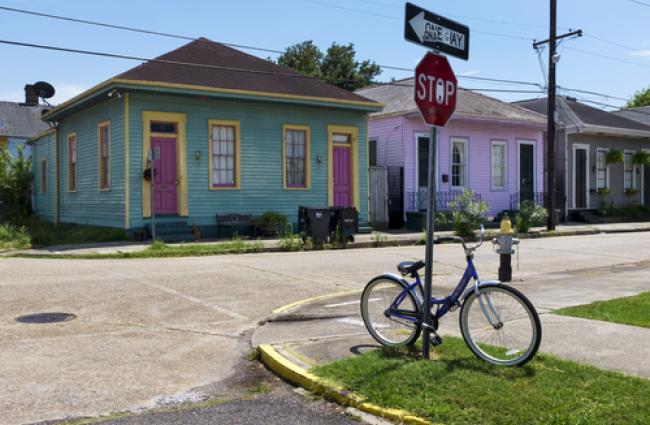Evidence for Action (E4A) funds research evaluating the population health, wellbeing, and racial equity impacts of programs, policies, and practices. What We're Learning is a repository of media pieces, research articles, presentations, reports, and other materials highlighting E4A supported research and findings. Sort by topic or resource type.

Prenatal substance use laws are aimed at reducing the use of illicit substances during pregnancy. Supportive laws increase access to substance use treatment during pregnancy, either through additional funding or priority access for pregnant people.

Research shows that the risks and burdens of the COVID-19 pandemic are larger for marginalized populations, with Black, Hispanic, and Indigenous peoples more likely to contract and die of COVID.

When children are no longer eligible for the Special Supplemental Nutrition Program for Women, Infants, and Children (WIC) due to age requirements, mothers reduce their own nutritional intake to provide more food for their children.

Recent findings suggest that with later start times, students obtain more sleep, and in turn have improved attention and vigilance, which are critical for new drivers.

Birthing parents need parental leave to physically recover from birth, in addition to any benefits of bonding and caring for the baby.

Supportive prenatal substance use policies that created/funded targeted substance use disorder treatment programs led to reductions in opioid overdoses and increases in the use of opioid use disorder medications for pregnant people.

Policies criminalizing maternal substance use or classifying it as child maltreatment are associated with an 18.9% increase in infant maltreatment reports, which may lead to a fear of experiencing child protective services involvement and reduced chances of reunificat


Supportive prenatal substance use policies are those in which pregnant people are provided access to treatment or other support programs. Such policies lead to better outcomes for babies: preterm births and low birth weight births both decreased by 2%.


Growing evidence indicates that policy around policing needs to focus on the relationship between frequent police interactions and health and violence outcomes.
